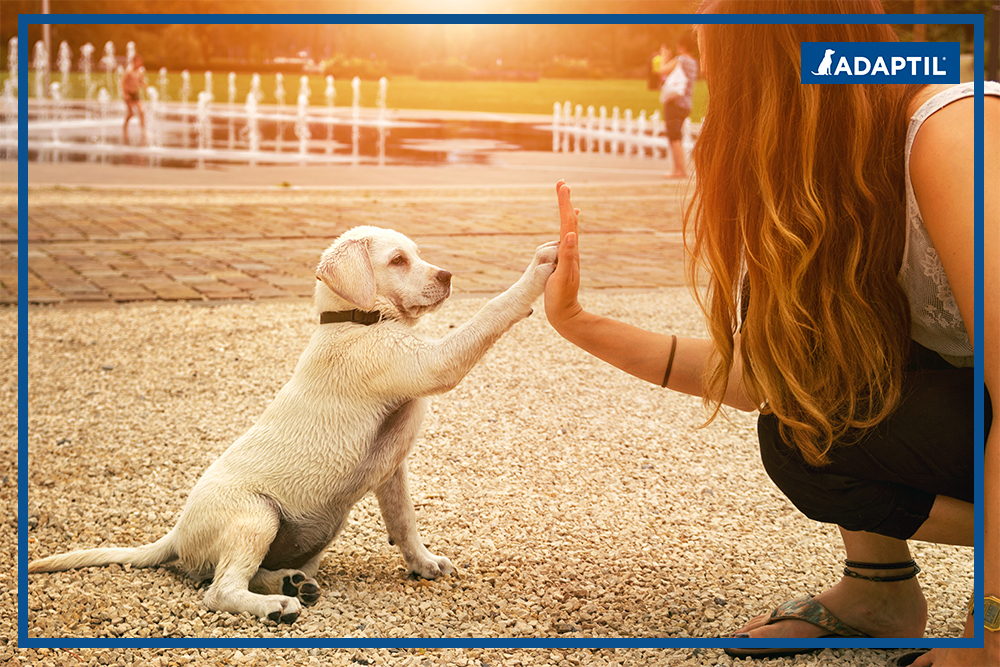Throughout the pandemic, Canadians have sought comfort and companionship from their dogs – in fact, there was a huge increase in pet ownership during the past 18 months. As many of us start spending more time outside the home, our dogs will start being left alone once again. This change in routine may trigger separation anxiety and unease in both new pets and old ones.

To help educate dog owners on how to best manage this time of change, Dr. Karren Prost, companion animal veterinary services manager at Ceva Animal Health Canada, can share easy ways we can care for our pets during times of transition, just as they care for us. Tips may include (but are not limited to):
- Start Slow and Steady – If you are currently home all the time, start by taking some time every day to ignore your dog as constant attention will not teach them independence.
- Keep Them Busy – Make sure your dog has things to keep them busy while you’re away. You can put peanut butter in their favourite toys, feeding puzzles or leave the TV or radio on as a distraction.
- Make Sure Your Dog’s Other Needs Are Met – Dogs are animals that thrive on routine, scheduled activities such as leashed walks, play, and environmental enrichment
- Consider Calming Pheromones – Pheromones play a vital role in canine health and influence animals’ behaviour and emotional state. Surround your dog with copies of these appeasing pheromones, by having them wear an ADAPTIL collar, to help decrease their stress and anxiety.
- Make Departures and Arrivals Uneventful – Don’t make a big fuss, and reward them with attention once they are calm and relaxed.
- Leave Them With A Safe Space – Whether it’s a dog bed, a crated area or simply a room in your home they spend the most time in, make sure your dog has access to a place they feel safe when you’re out.
These tips will be relevant to pet owners both new and old and will greatly support our pets during changes in routine by managing and minimizing stress and anxiety.


